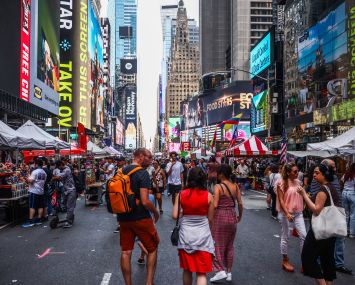Affordability in the Motor City is Driving in NYC Real Estate Investors
By Danielle Balbi February 24, 2016 9:45 am
reprints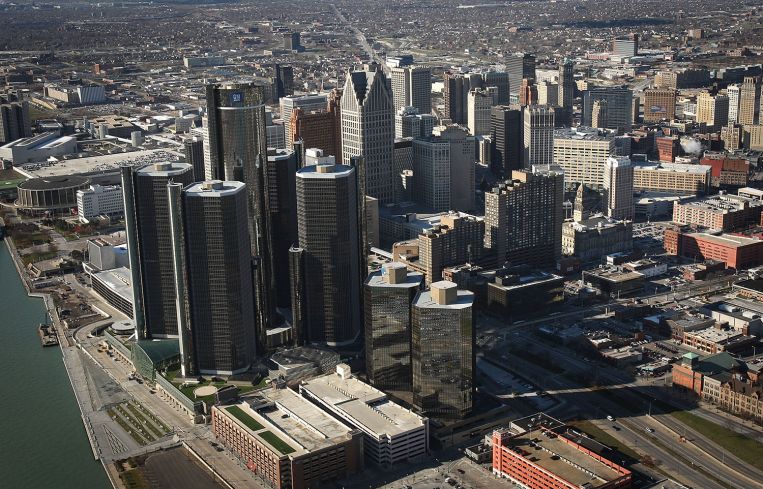
Detroit, or better yet, the Brooklyn of the Midwest, is drawing in New York investors who are attracted to both a lower cost of entry and the opportunity for growth the once-tired city is now seeing.
“It almost has a Brooklyn-type feel,” said Adam Feldman, an acquisitions associate at HFZ Capital Group, which just made its first investment in the Motor City. “It’s what Brooklyn was like 10 to 15 years ago.”
In partnership with Southfield, Mich.-based development and management firm REDICO, HFZ scooped up a pair of Detroit landmarks—the Fisher Building and the Albert Kahn Building—for a mere $12.2 million on Auction.com. Both designed by American industrial architect Albert Kahn (dubbed the “architect of Detroit”) in 1928 and 1931, respectively, the Depression-era structures are connected by a corridor and contain the 2,000-seat Fisher Theatre, known as the home of “Broadway in Detroit.”
And that was exactly the draw of the building, Mr. Feldman said, who led the deal.
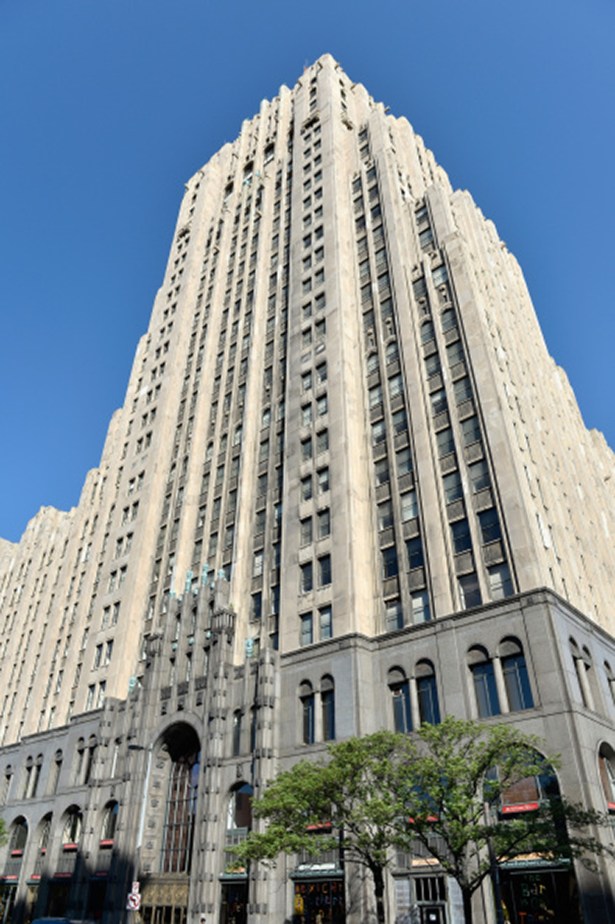
HFZ is just but one of the New York City investors making its way into the city that time has seemingly forgotten. Having suffered from repeated economic downturns, the death of the American auto industry and a declared bankruptcy, Detroit is on its way back, some real estate folks believe. But before it does, they’re hoping to capitalize on low prices and existing infrastructure that might need a tune up.
“We got educated on the market, and it ended up being a really great value opportunity,” Mr. Feldman said. “We were able to buy the building at a fraction of what real estate costs here, at $15 a foot. The rents in the building are in excess of $15 per square foot.”
With the exception of a small retail component and the Fisher Theatre, offices comprise the remainder of the Fisher and Albert Kahn Buildings. Both are located in the New Center submarket, where there is currently 1.1 million square feet of office inventory with an average asking rent of $18.54 per square foot, according to a recent report from JLL.
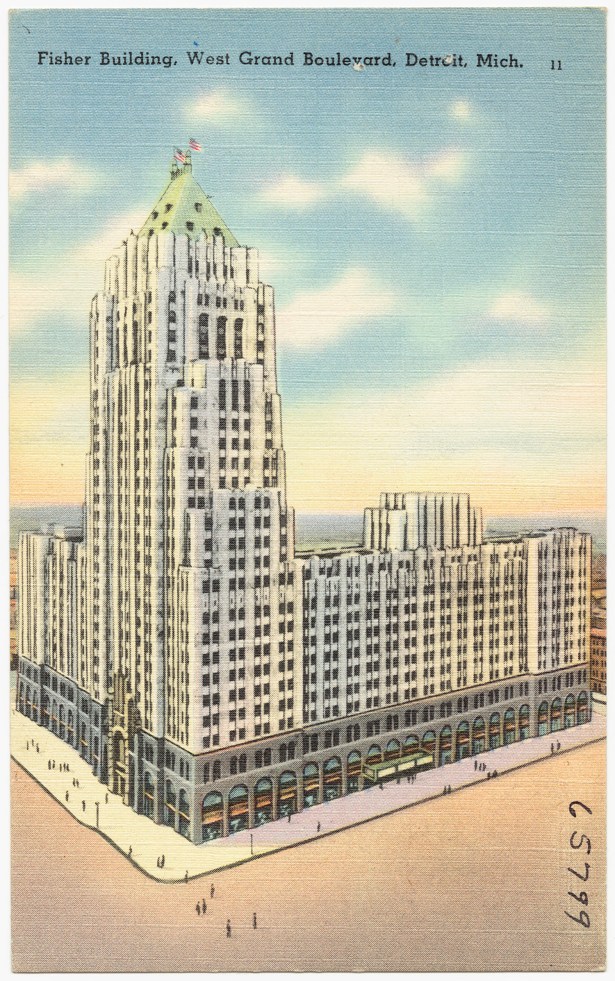
HFZ is mulling the value-add options at the site. The first is doing a revamp of what’s currently there, followed by a lease-up to catch attractive rents, Mr. Feldman said.
Comparing Detroit’s office market to New York City’s is difficult to do. The city has a population of just under 700,000 and, including the suburbs, has a total office inventory of 61.7 million square feet at an average asking rent of $18.41 per square foot.
The second option is taking on a partial residential conversion at the historic buildings—a move that would meet the demand of the suburbanites moving back to the city of Detroit itself.
“The residential market has become really strong in the last two years,” Mr. Feldman said. “Vacancy is less than 2 percent, which is a huge difference from where it was previously.”
But it’s not just the urban center itself piquing interest. New York-based real estate firm Lightstone Group is co-developing the Outlets of Michigan in Romulus, a suburban city just across the highway from the Detroit Metropolitan Airport. The 350,000-square-foot shopping center is slated for completion in 2017.
“Lightstone sees Detroit and Metro Detroit—the 14th largest metropolitan statistical area (MSA) in the country—as a burgeoning opportunity, despite city-centric economic setbacks,” Mitchell Hochberg, the president of Lightstone, said via email. “We’ve always been attracted to large MSAs, and while the city of Detroit has had some well-documented serious challenges, the overall Detroit metropolitan area remains a very sizable and stable market.
“In fact, right now we’re seeing a fortification of the Metro Detroit economy,” he said, pointing to the strengthening U.S. auto industry coupled with the diversification of the city’s economy with technology, health care and distribution. Indeed, unemployment in the city is down to 5.4 percent in December 2015 from 6.5 percent the year prior.
Francis Greenburger’s Time Equities has also taken advantage of the low barrier to entry into suburban Detroit.
Among the company’s investments in the city, it purchased two office buildings called Travelers Tower I and II in the Southfield suburb in May 2013 for $31 per square foot, said Mr. Greenburger, chairman and chief executive officer at his firm. At the time, the 810,000 square feet of office space was 48 percent occupied.
“We ended up buying Travelers at basically a break-even on cash flow,” said Richard Recny, the director of asset management at Time Equities. “We saw it as a significant value-add play to be able to lease up the vacancy and turn the building around in the minds of a market who had written the building off.”
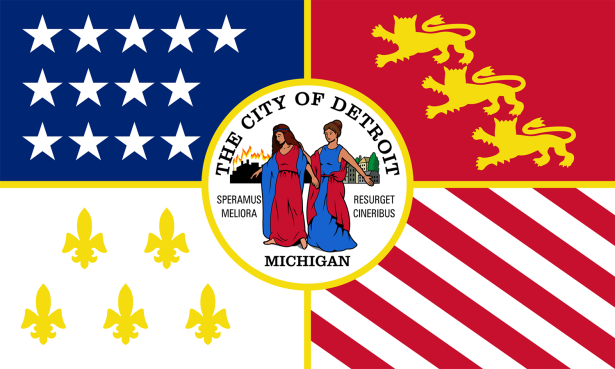
Now, Travelers Tower I is 81 percent occupied, and Travelers 2 is 96 percent occupied by a mix of automobile industry, health care, accounting and entertainment tenants. The Southfield submarket currently has an average asking rent of $17.56 per square foot. Time Equities also owns a retail strip center in the suburb of Allen Park and continues to look at residential, office, industrial and retail opportunities across the city as a whole.
“The reason that we like the Detroit market is that we’ve been able to find deals that meet our return expectations and which offer the kinds of added value that we’re good at executing, so it was a good fit with our skill set, our sense of risk and our point of view about the long-term strength of the market,” Mr. Greenburger said.
